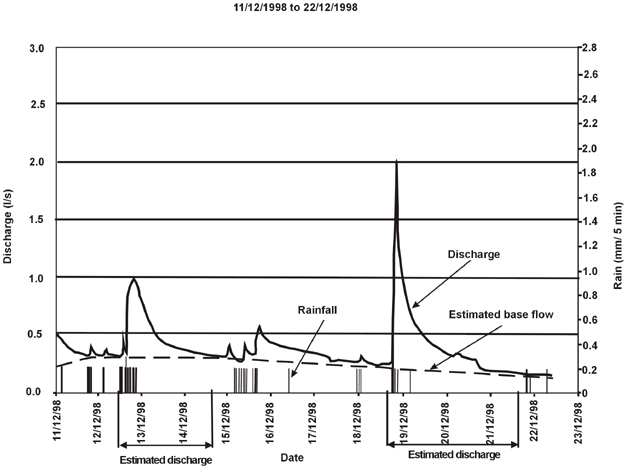- Delivering SuDS
- Using SuDS
- Background
- SuDS principles
- Benefits of SuDS
- Benefits of SuDS
- Why developers should choose SuDS
- Flood risk management
- Water quality management
- Biodiversity & ecology
- Amenity
- Air quality
- Building temperature
- Carbon reduction and sequestration
- Crime
- Economic growth
- Enabling development
- Flexible infrastructure/climate change adaptation
- Education
- Groundwater recharge
- Health and well being
- Pumping wastewater
- Rainwater harvesting
- Recreation
- Tourism
- Traffic calming
- Treating wastewater
- SuDS components
- SuDS components overview
- Source control
- Swales & conveyance channels
- Filtration
- Infiltration
- Retention & detention
- Wetlands
- Inlets, outlets and control structures
- SuDS performance & monitoring
- Delivery
- The costs & benefits of SuDS
- Adoption & maintenance of SuDS
- Legislation & regulation
- Design guidance
- Retrofitting SuDS
- Drainage exceedance
- Home
- Delivering SuDS
- Using SuDS
- SuDS components
- Source control
- Pervious surfaces
- Hydraulic performance
- Hydraulic performance
Hydraulic performance
Once the rainwater enters the pervious surface it may flow out of the construction through the base to groundwater or, if the construction is lined, the waters will be intercepted by a drainage network and discharged from the sub-base to a suitable receiving drainage system. Comparison of the outflow hydrograph at the drain outlet reveals marked differences in performance.
The porous surface and its sub-structure responds to rainfall much slower than the impermeable surface and continues to discharge for much longer, hours and even days after rainfall stops. For example, a typical hydrograph (as below) has shown that the first outflow from the porous surface was some three hours after start of rainfall and discharge continued into a second day, although there were additional, smaller rainfalls within the event. This effect is known as attenuation.

Pervious surfaces and their sub-structure may significantly modify hydrographs to drainage systems and downstream impacts are reduced unless there is runoff from extreme storm conditions. This is achieved by either infiltrating the rainwater through the surface and into the sub-soil or alternatively retaining the rainwater within the pervious construction.
Read more on:



